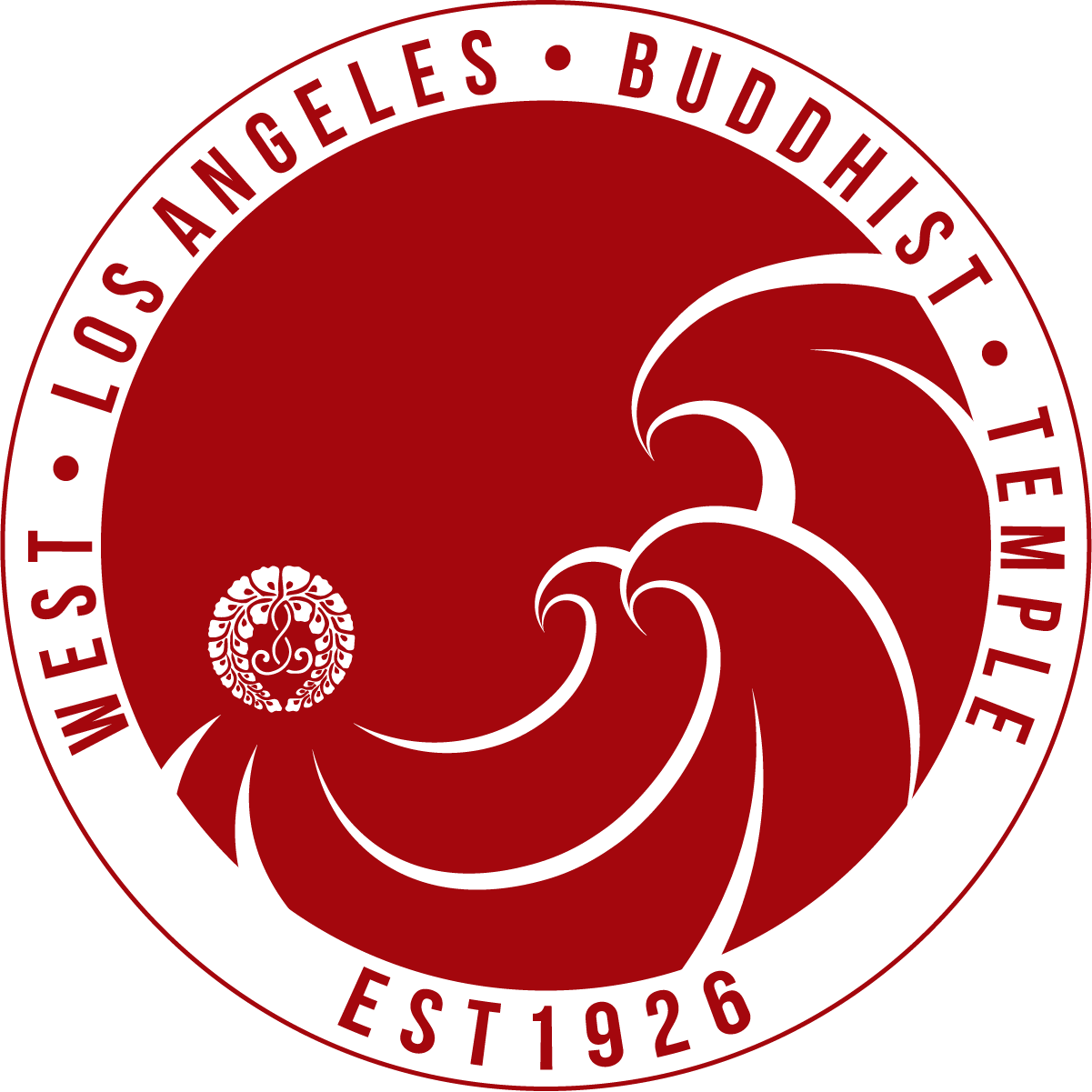What is the format of a typical service?
Oshoko (Burning of Incense): We start our service with the burning of incense. This is an opportunity to connect with the Buddha and express our gratitude for this precious gift of life. The fragrance purifies our minds and prepares us to listen to the teachings. We bow in Gassho putting our palms together signifying the oneness of Buddha and all beings. It is customary to use a nenju (beads) around our hands for oshoko. If you miss an opportunity to oshoko before the service, you may do so after the service is over.
Ringing of the Bell (Kansho): A bell is rung to signal the beginning of the service and allow time for focusing. The sound of the bell symbolizes the voice of Buddha calling out to “Come, seek refuge.”
Reciting the Nembutsu (Namo Amida Butsu): “Namo Amida Butsu” is neither a Japanese nor a Chinese phrase. It is a transliteration of the original Sanskrit phrase meaning, “I take refuge in the Buddha of Immesasurable Light (Wisdom) and Infinite Life (Compassion).”
Sutra Chanting: The word “sutra” is a Sanskrit term and literally means “thread.” It refers to the words of Sakyamuni Buddha. In essence, the intent of Sakyamuni Buddha’s numerous sermons and discourses was to expound Infinite Wisdom and Compassion of Amida Buddha. We do not chant a sutra for the sake of the peaceful repose of our departed loved ones, nor is it background music for burning of incense. Sutra chanting is an expression of one’s sincere gratitude to the Buddha.
Dharma Message: A minister transmits the heart and mind of Amida Buddha.
Singing of Gatha: In contrast to chanting, gathas (songs) are musical experessions of the sound of oneness.

